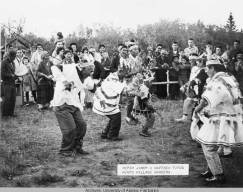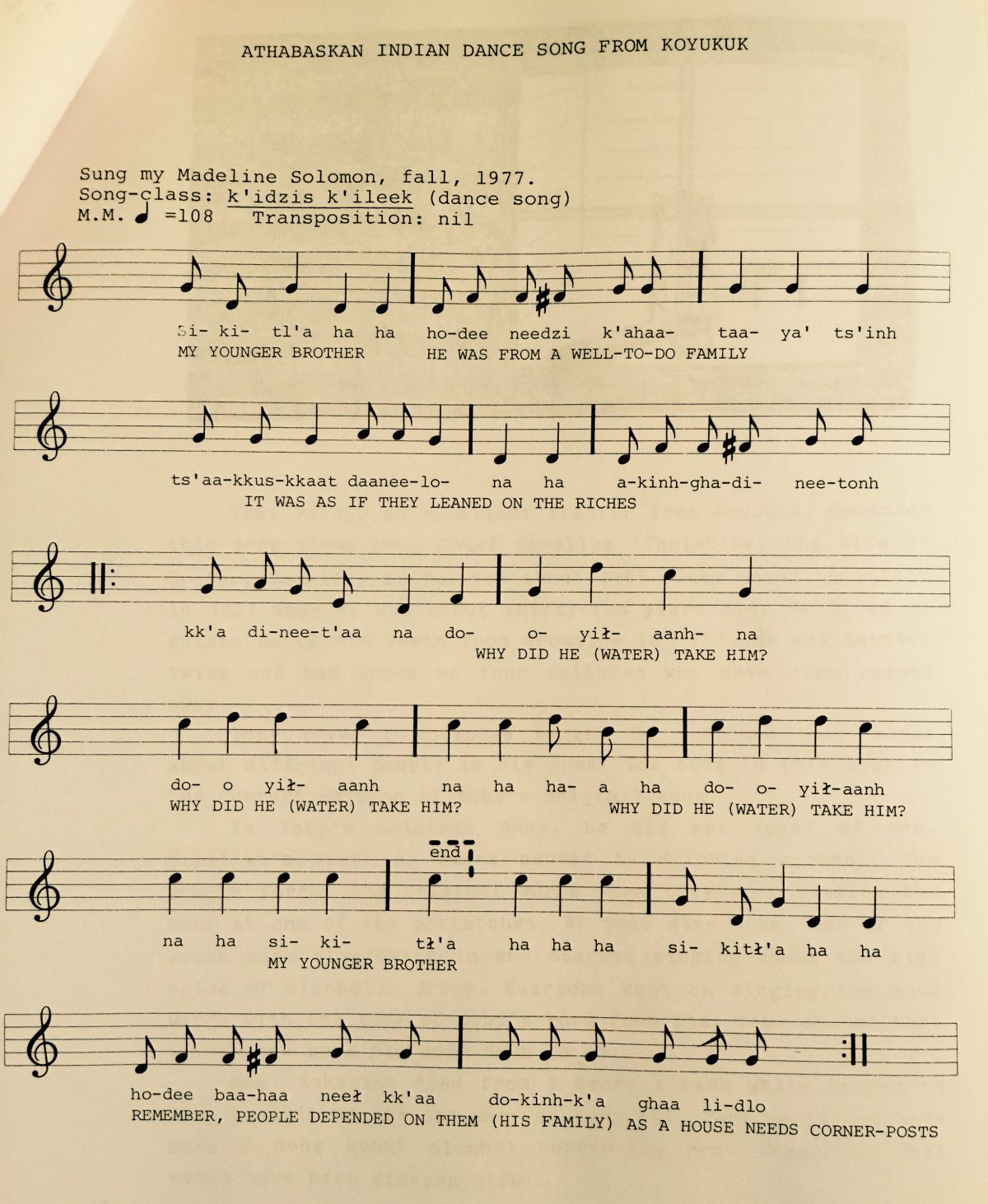Looking back over the semester, one of the biggest learning experiences for me has been 7th Grade Band. This fall Mark Rupelt, a new teacher from Tennessee moved to Juneau and took over middle school band and high school orchestra and choir. The move was an epic moment in Mr. Rupelt’s life; it was a bucket list dream to come to Alaska, and through the first quarter of school he began to open up about his life, the ups and downs, aspirations, and struggles. Unfortunately, Mr. Rupelt passed away suddenly in September, and this created huge disturbances in classroom climate and the learning environment. Following Mr. Rupelt’s sudden absence, a string of substitutes taught for a month, and finally Ken Gaier, a retired band teacher and longtime Juneau resident, has taken over for the semester.
The ups and downs and sudden changes have shown me firsthand how important consistency is in a classroom; each teacher and substitute that has stepped into this role has had different expectations and teaching methods, which makes it a challenge for the students to take discipline and expectations seriously. The class spiraled out of control by the end of October; even high achieving, teacher pleasing students talked, and shouted over the teacher. Students rarely brought music, often forgot instruments, left the room in a disastrous state.
When Mr. Gaier took over in November, I got to see a master teacher at work- and he did have a lot of work to do. The first huge change was regular assessment; everyday every student played a B-flat major scale individually in front of the class. On day one, half the students could not make notes come from their instrument. A week later, as I entered class, I heard students asking each other if they had practiced the scale. This week, students are asking each other how much they practiced. Assessing students made the students accountable for their work, and being consistent about assessment has motivated students to improve. Next week, the students will have their first concert! This has added goal setting; students have three simple songs to focus on for several weeks- attainable, short term, yet challenging goals that are guided by the teacher.
Consistent assessment is so important in music. Learning an instrument can help students develop self-regulating skills that can transfer to other areas of life, but assessment and feedback must be utilized frequently for positive outcomes to come to fruition. I am so glad I get to watch this class grow and watch these students step up to the challenges presented to them. It has made the classroom reading really come to life in an authentic way, as I see methods and philosophies come to life with clear effectiveness.


